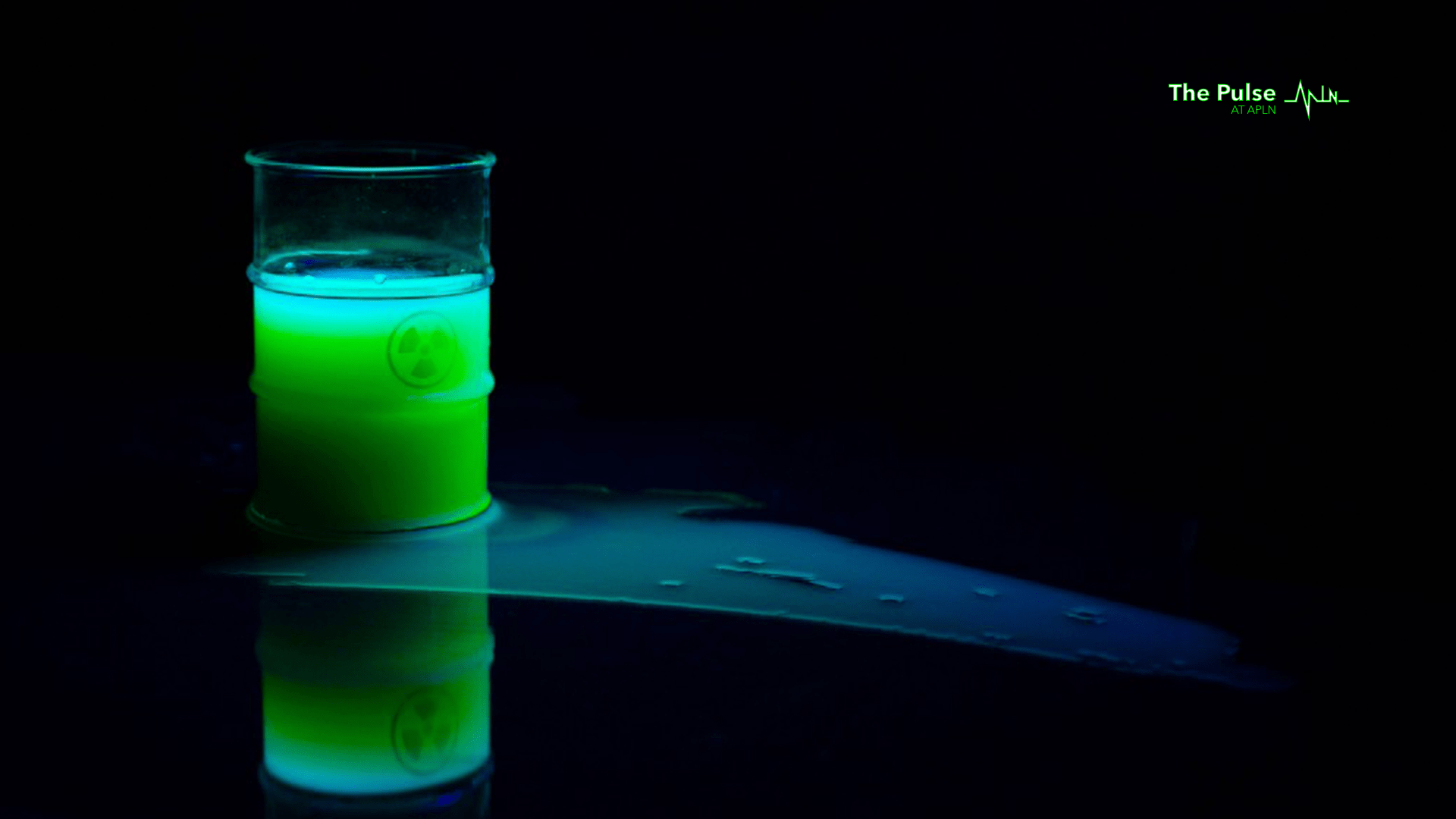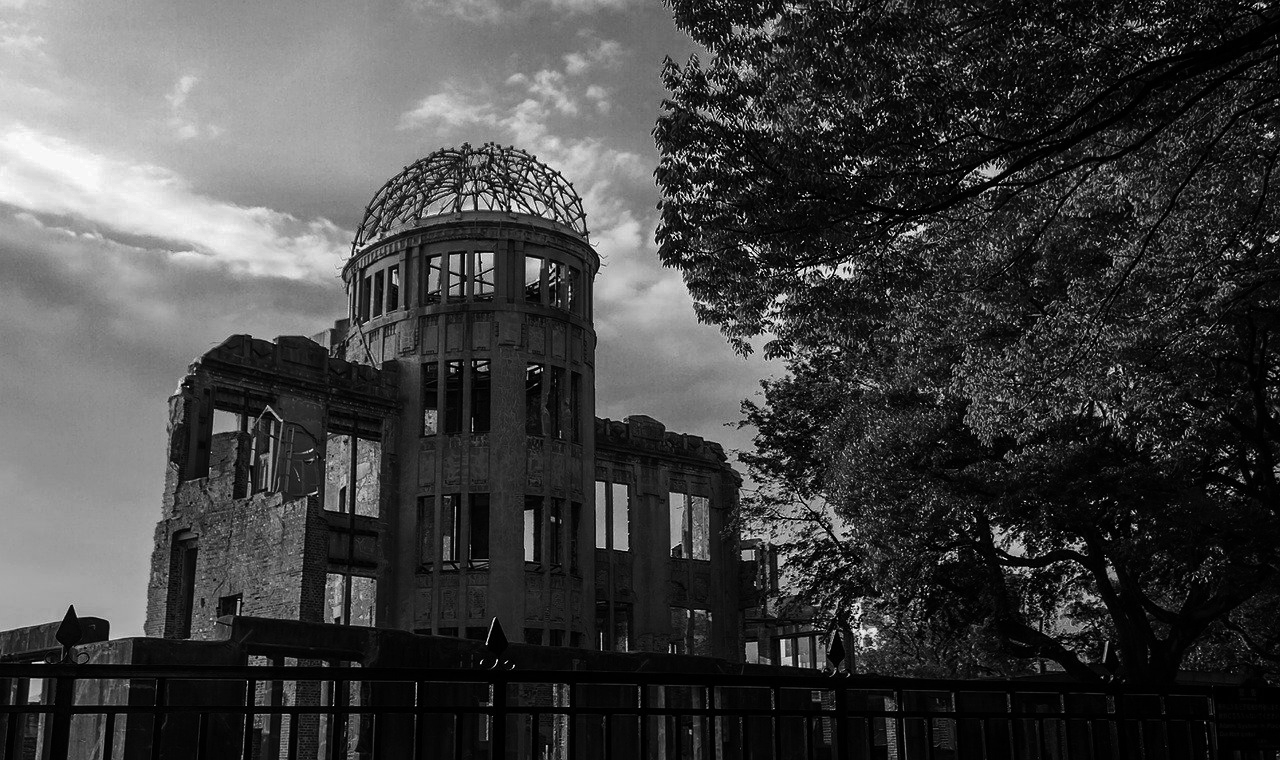Is the Release of Fukushima Water a Transboundary Issue?
The reactors at the Fukushima Daiichi nuclear plant were damaged by by the 2011 Tōhoku earthquake and tsunami. More than a million tonnes of water were used to cool the melted reactors — Tokyo Electric Power Company (TEPCO) has been accumulating the contaminated water in tanks, but storage capacity will likely run out late next year. This situation prompted the Japanese government to approve the decision to release 1.25 million tons of treated wastewater contaminated by the wrecked Fukushima Daiichi Nuclear Power Plant into the Pacific Ocean. This decision was met with varying reactions from different groups of people in Japan and the Asia-Pacific region.
What are the environmental and political implications of this unilateral decision made by Japan? Four experts share their perspectives on this issue.
Dr. Sang Hyun Lee, President at the Sejong Institute and President of Korea Nuclear Policy Society
On April 13, the Japanese government decided on a ‘Basic Policy on Disposal of Treated Water,’ which includes discharging Fukushima-contaminated water into the ocean. The Japanese government plans to begin maritime discharge after a preparatory period of about two years and complete the discharge by 2041-2051, which is about the time the decommissioning of the Fukushima Daiichi Nuclear Power Plant is set to complete.
In response, the South Korean government expressed strong regret over the decision to release polluted water from the Fukushima nuclear power plant and firmly opposed Japan’s decision. South Korean foreign ministry spokesperson Choi Young-sam further pointed out that while dealing with national safety as a top priority, any action that harms national health is unacceptable and that South Korea will work with the international community to thoroughly verify the entire process of treating contaminated water.
The Japanese government’s decision is inevitable, given that the level of radioactive contaminated water is increasing in Japan and cannot be piled up indefinitely. However, it is regrettable that such an important decision was made unilaterally without consultation with the neighboring countries directly affected, especially South Korea and China. I think it is right for South Korea to accept the Japanese government’s decision on the premise of thorough monitoring by the IAEA. Furthermore, I think it is necessary to take this opportunity to establish a radiation monitoring system around Asian nuclear countries and their neighbours.
Mr. Hajime Matsukubo, General-Secretary of the Citizens’ Nuclear Information Center (CNIC)
Currently, the Fukushima Daiichi Nuclear Power Plant (FDNPP) produces an average of 130 m3/day of contaminated water, which is stored in tanks after some of the radioactive material has been removed. In 2016, the Japanese government concluded that releasing the water into the ocean was the cheapest and easiest option. On the other hand, in 2015, TEPCO promised that it would not release this water into the ocean without the understanding of all concerned, and the then Minister of Economy, Trade and Industry expressed the same view in the Diet. Yet, the Japanese government has decided to release the water into the ocean despite strong opposition from the fishing industry, which will be most affected by the release.
There are two problems with this decision: it imposes more damage on the local people who have already suffered, and it undermines the credibility of the government and TEPCO in order to reduce the cost to TEPCO, the perpetrator. In 2022, the Rokkasho reprocessing plant is scheduled to start operating in Japan. It is expected to release 10 times more tritium than is contained in the tanks at FDNPP. Research on reprocessing is also underway in Korea, and a pilot plant is being built in China. All of them will release tritium. Until now, the nuclear industry has been releasing radioactive materials such as tritium and noble gases into the sea and the atmosphere, claiming that the extremely low levels of radioactive materials produced by the operation of nuclear facilities are harmless. However, it is time to reconsider the idea of using the sea and air as final disposal sites.
Amb. Nobuyasu Abe, Former United Nations Under-Secretary-General for Disarmament Affairs
The Japanese government has decided to release water that contains radioactive tritium into the sea from the Fukushima reactor site. Korea and China have demanded Japan should not do so. Japan claims that the risk posed by the tritium is very low, and both Korea and China are releasing tritium contaminated water from their own power reactors. The local fishermen in Fukushima understand that the radiation risk is very low when the water is further reprocessed to eliminate radioactive substances and diluted by the sea current, but still oppose the release as they fear people won’t buy the local fish. The Japanese government and TEPCO (which runs the Fukushima Power Station) are screaming that the huge water tanks are piling up at the Fukushima site, which is reaching its limit. The water accumulated there is equivalent to the amount of tritium released in a year from the spent nuclear fuel reprocessing plants at La Hague, France, and Sellafield, England. So, does this suggest the release from Fukushima doesn’t pose a problem? Or, if one is still concerned, perhaps this is an opportunity to examine all the radioactive releases world-wide, not just in Japan, but also in Korea, China, France, Britain, Russia and the US.
Dr. Ken Buesseler, Senior Scientist at the Woods Hole Oceanographic Institution
Since the 2011 tsunami triggered an unprecedented release of radioactivity from the Fukushima Dai-ichi nuclear power plant, radiation levels across the Pacific have decreased dramatically and fisheries near Japan have re-opened. However, a new hazard exists in the thousands of storage tanks that hold radioactive wastewater.
The questions of what to do with the water has focused almost exclusively on tritium, a radioactive form of hydrogen that is difficult to remove from water and poses a relatively small health risk. However, many other radioactive contaminants remain in the Fukushima tanks that are more dangerous and more readily incorporated into seafloor sediments and marine biota. As a result, planning for tritium releases alone is the wrong way to approach the problem.
Over 70% of the stored water requires secondary clean-up, even after 10 years. So before any plan can be evaluated, verified levels for all contaminants are needed. In addition, while all nuclear plants release radioactivity, deliberate disposal of radioactive contaminants in the ocean is not the same as releases that occur as part of routine operations, or as an immediate response to an accident. Prior to any release, international consultation and engagement is needed and storage options on land need to be reconsidered. Finally, more details on the release plan, including independent studies of multiple contaminants in seawater, marine biota and seafloor sediments are essential.
Image: @TaruntaevaTV via Twenty20.


